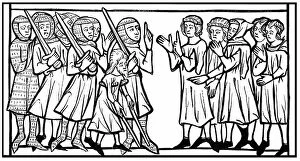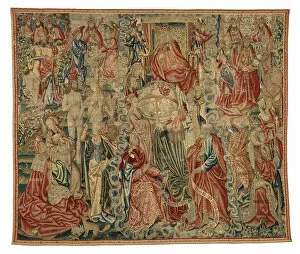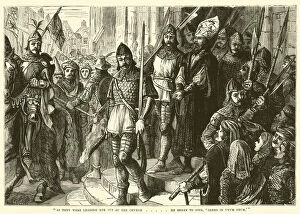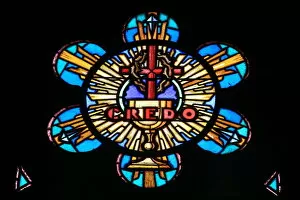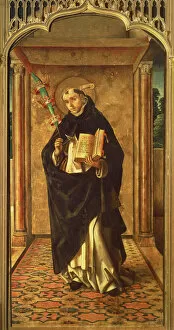Credo Collection
Amidst the rich tapestry of faith, a Credo from the 1500s unfolds in Brussels, Belgium, depicting The Creation of the World
All Professionally Made to Order for Quick Shipping
Amidst the rich tapestry of faith, a Credo from the 1500s unfolds in Brussels, Belgium, depicting The Creation of the World. As the threads weave together, they echo the story of Moses and the children of Israel in the wilderness, gathering manna. In the midst of this spiritual journey, a voice rings out, "As they were leading him out of the Church. . He began to sing, Credo in unum Deum. " The Credo, or the Nicene Creed, is a testament to the unity of belief in one God and can be found in various forms throughout history, from the stained glass windows of Douarnenez, Finistere, Brittany, France, to the Mount Olives Bethany Church in Jerusalem, a Credo from 1900. The it is present in the art of the past, such as the St. Peter Altarpiece, attributed to Master d, a Netherlandish artist active around the same time. In this masterpiece, St. Peter Martyr stands proudly, proclaiming his faith. The it also played a role in the catechesis of new believers, as depicted in Jan Luyken's engraving of five believers being baptized in a river. And even in diplomatic affairs, the Credo was a common ground for negotiations, as seen in an old engraving of envoys of the Sultan and an old merchant on crutches acting as interpreter, discussing ransoms. Throughout history, the Credo has served as a unifying force, binding together the threads of faith and belief, creating a tapestry of unity and understanding that continues to inspire and guide us today.

